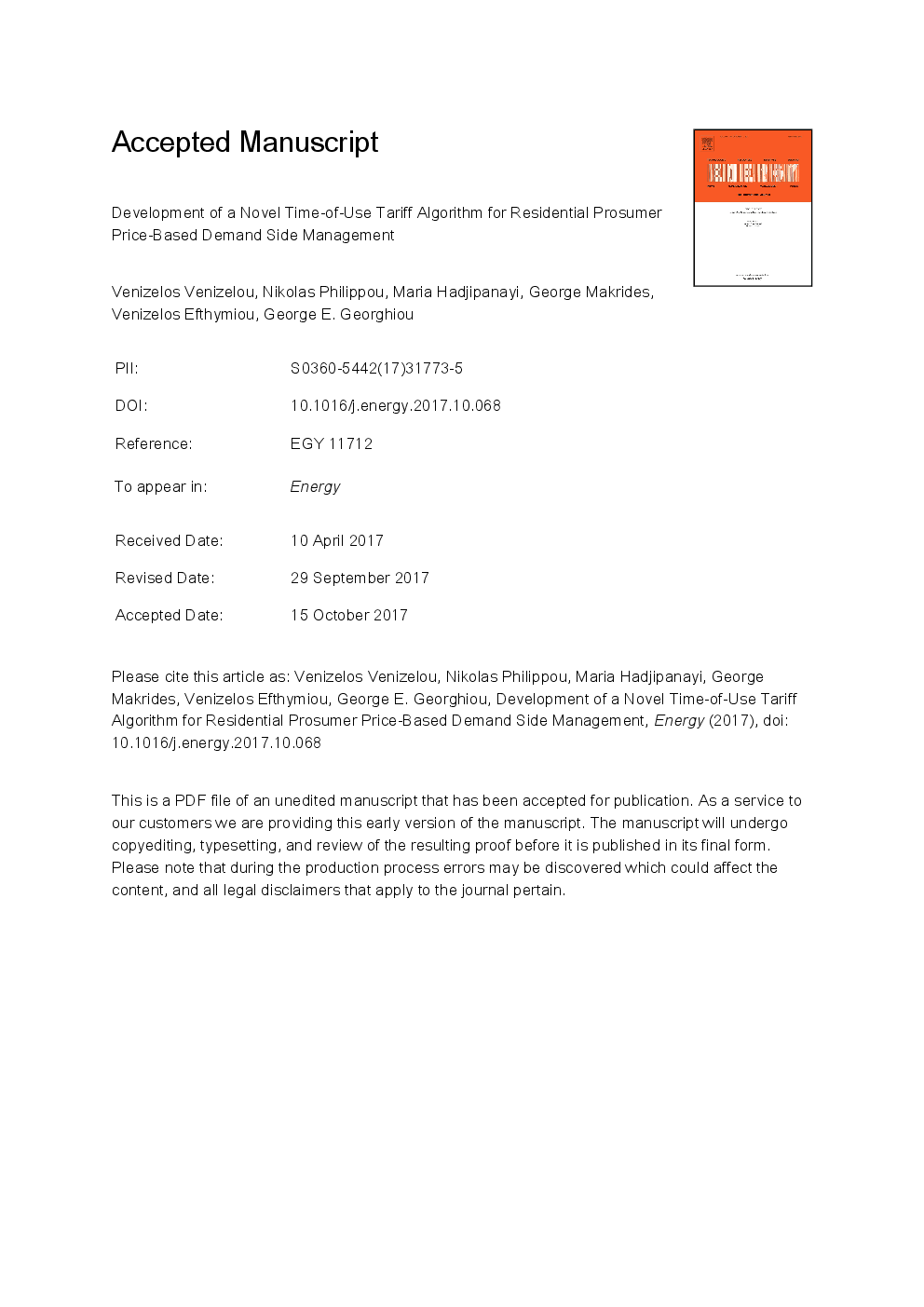ترجمه فارسی عنوان مقاله
توسعه یک الگوریتم تعرفهای جدید برای استفاده از زمان برای استفاده از مدیریت هزینه تقاضای مشتری در آینده
عنوان انگلیسی
Development of a novel time-of-use tariff algorithm for residential prosumer price-based demand side management
| کد مقاله | سال انتشار | تعداد صفحات مقاله انگلیسی |
|---|---|---|
| 91085 | 2018 | 30 صفحه PDF |
منبع

Publisher : Elsevier - Science Direct (الزویر - ساینس دایرکت)
Journal : Energy, Volume 142, 1 January 2018, Pages 633-646
ترجمه کلمات کلیدی
مدیریت سمت تقاضا، طراحی تعرفه برق، مدیریت شبکه، فتوولتائیک، تعرفه های زمان استفاده
کلمات کلیدی انگلیسی
Demand side management; Electricity tariff design; Grid management; Photovoltaics; Time-of-use tariffs;

